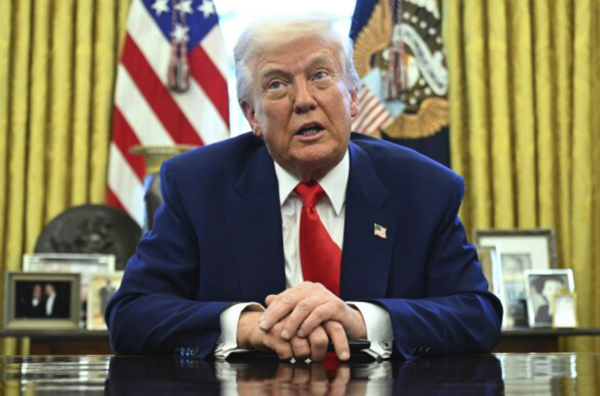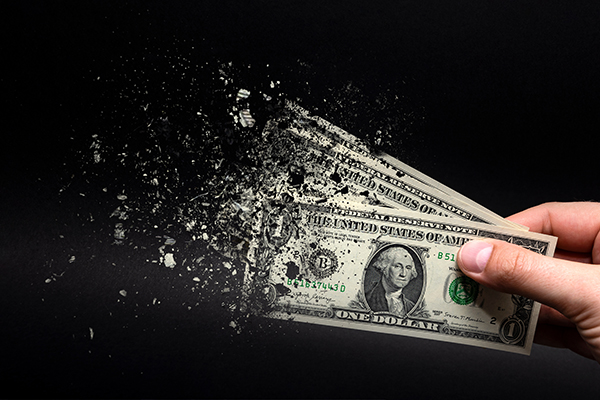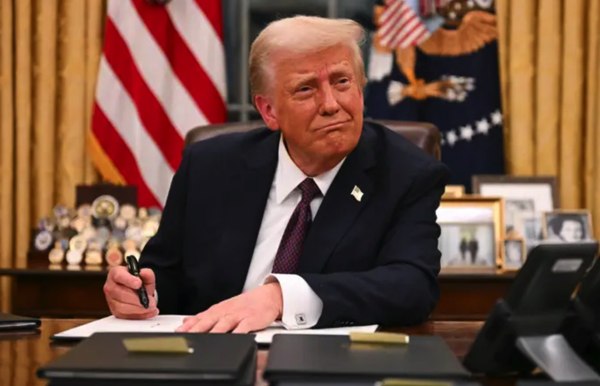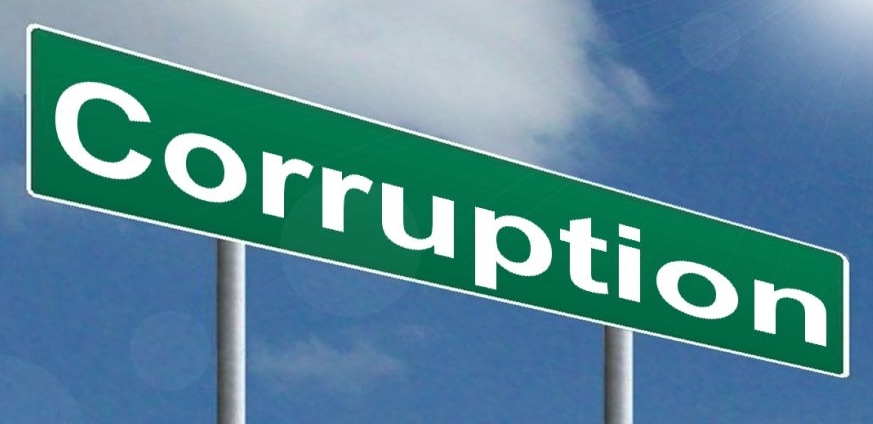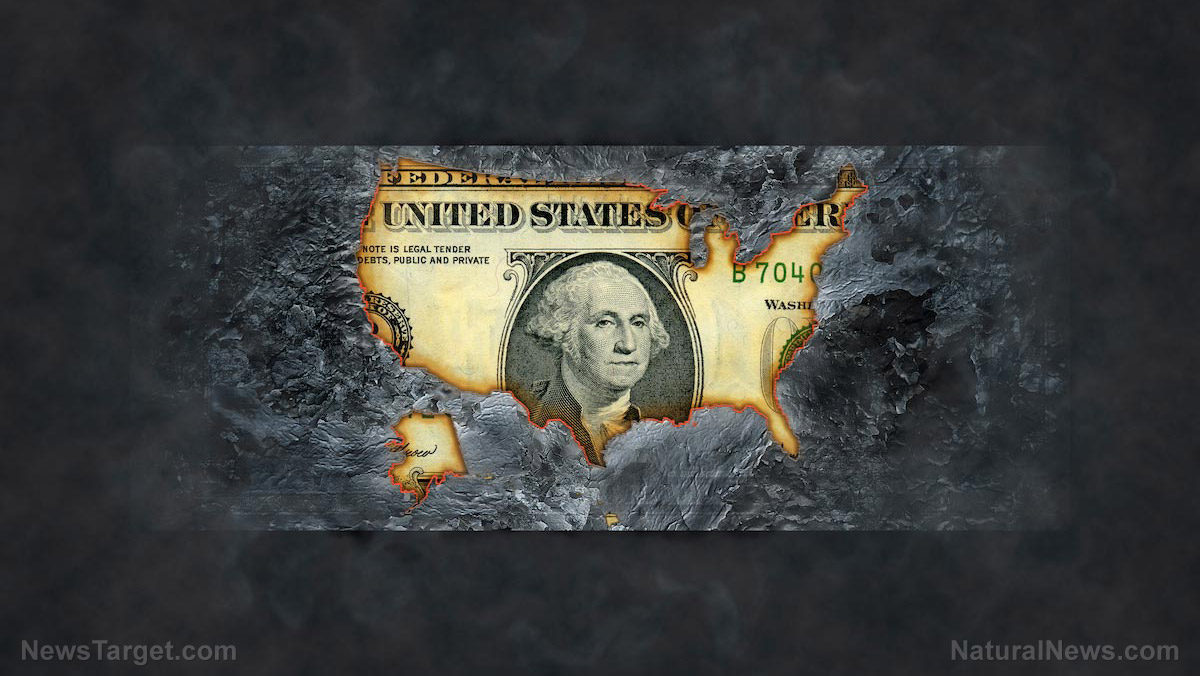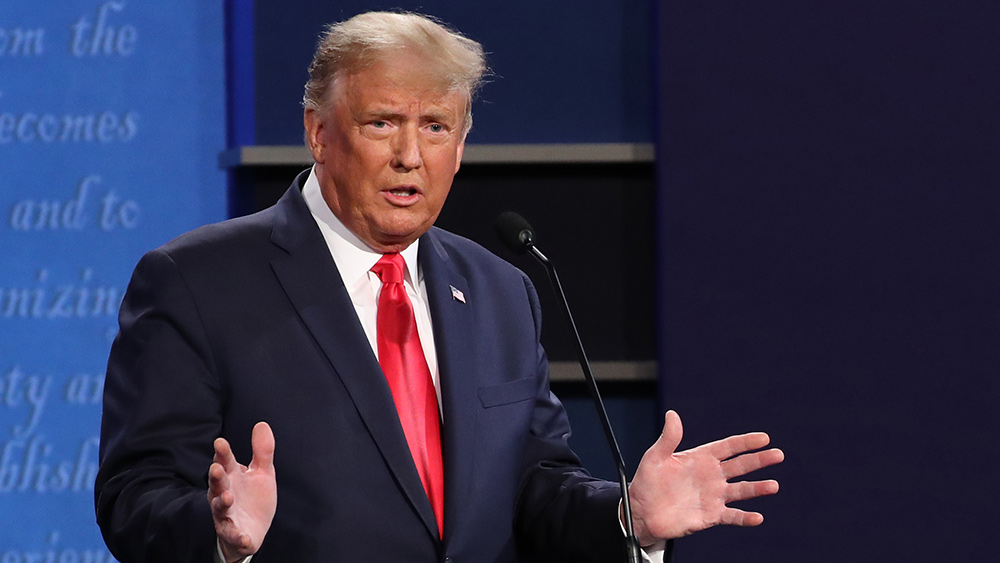Murray N. Rothbard critiques central banking’s true origins in “The Federal Reserve as a Cartelization Device”
04/16/2025 / By Ramon Tomey
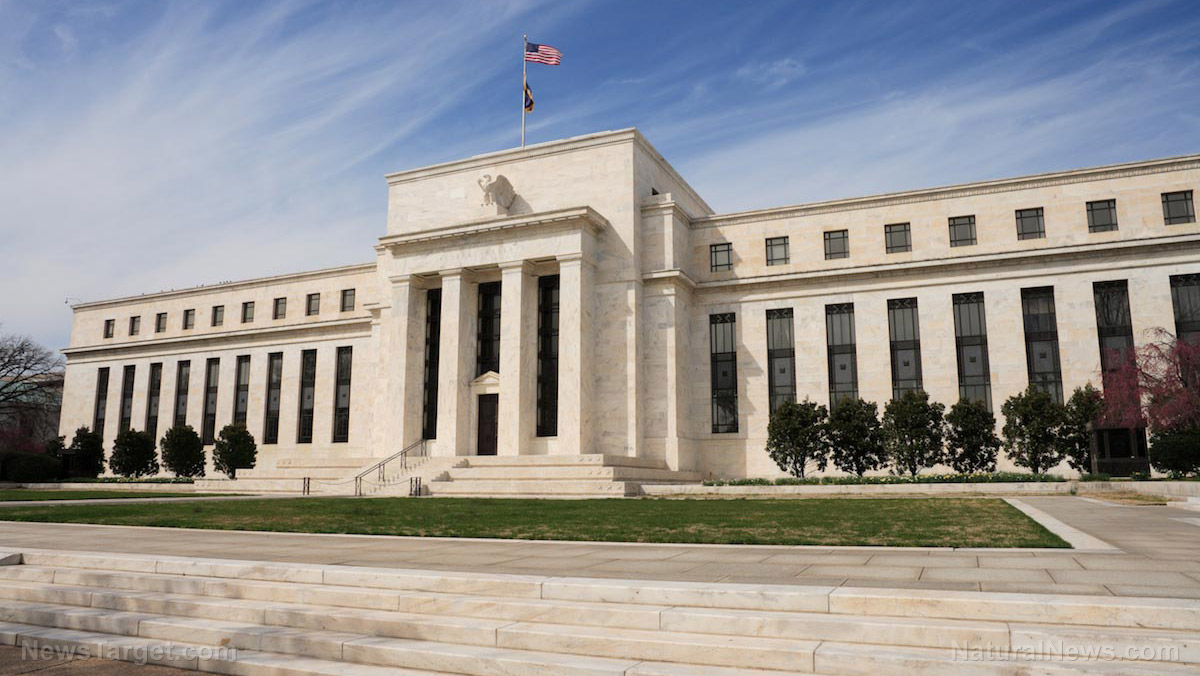
- In “The Federal Reserve as a Cartelization Device,” Murray Rothbard argues the Federal Reserve was designed to serve powerful bankers, enabling unchecked money and credit expansion – contrary to its public mission of stabilizing the economy.
- The Fed’s creation stemmed from Wall Street’s desire to centralize control, building on earlier restrictive banking laws (e.g., National Banking Acts) and culminating in the secretive 1910 Jekyll Island meeting.
- From its start, the Fed facilitated monetary inflation – funding World War I, manipulating the gold standard and aggressively expanding credit in the 1920s under figures like Benjamin Strong.
- The Fed’s interventions after the 1929 crash worsened the Great Depression by prolonging resource misallocation, exposing its role in protecting banks over the public.
- Rothbard concludes the Fed was never neutral but a cartelization tool for financial elites, with lasting consequences for economic instability and concentrated power.
Murray N. Rothbard’s “The Federal Reserve as a Cartelization Device: The Early Years, 1913-1930” challenges the conventional narrative surrounding the creation of the Federal Reserve System. Rather than being a stabilizing force for the economy, Rothbard argues that the Fed was designed to serve the interests of powerful bankers, enabling them to inflate money and credit without the constraints of a free-market banking system.
This perspective, drawn from the fourth chapter of his 1984 book “Money in Crisis,” reveals a history of financial manipulation and centralized control that contradicts the Fed’s public mission. The Federal Reserve was established in December 1913, ostensibly to curb inflation and stabilize economic fluctuations. Yet, as Rothbard points out, the decades following its creation saw some of the worst financial crises in U.S. history, including the Great Depression and chronic post-World War II inflation.
This raises a critical question: If the Fed was meant to prevent economic instability, why has it presided over some of the most severe downturns? Rothbard suggests the answer lies in the Fed’s true purpose – not as a guardian of economic stability, but as a cartelization device for the banking industry.
The roots of this cartelization trace back to the National Banking Acts of 1863 and 1864, which replaced America’s free banking system with a quasi-centralized structure. These acts restricted competition by outlawing state bank notes and consolidating power among a few large national banks.
However, even this system proved insufficient for Wall Street’s biggest players, who sought further control over money and credit. By the early 20th century, influential bankers like J.P. Morgan and Paul Warburg – a German financier and advocate of European-style central banking – began pushing for a central bank. Their efforts gained urgency after the Panic of 1907, which they framed as evidence of the need for centralized monetary authority.
The blueprint for the Federal Reserve was crafted in secrecy during the 1910 Jekyll Island meeting, attended by bankers, politicians and economists. Warburg’s vision, disguised under a veneer of decentralization, became the foundation of the Aldrich Bill, which later evolved into the Federal Reserve Act of 1913.
The final structure ensured that member banks held stock in regional Federal Reserve Banks, granting them significant influence over monetary policy. This arrangement effectively allowed banks to coordinate inflation, expanding credit beyond the limits of a competitive free-market system.
From its inception, the Fed operated as an inflationary engine. Benjamin Strong, the first governor of the Federal Reserve Bank of New York and a close associate of J.P. Morgan, quickly consolidated power within the system.
Under Strong’s leadership, the Fed financed U.S. involvement in World War I and collaborated with Montagu Norman of the Bank of England to manipulate the gold standard, facilitating international monetary inflation. Throughout the 1920s, the Fed engaged in aggressive open-market operations and subsidized bankers’ acceptances, further distorting the financial system.
When the stock market crashed in 1929, the Fed’s policies exacerbated the crisis. Instead of allowing market corrections, it pursued inflationary measures, lowering interest rates and injecting reserves into the banking system.
Rothbard argues that these interventions only deepened the depression by prolonging the misallocation of resources caused by prior inflation. The Fed’s actions revealed its true function: protecting the interests of the banking cartel at the expense of the broader public.
Rothbard’s analysis forces a reevaluation of the Federal Reserve’s legacy. Rather than a neutral institution safeguarding economic stability, the Fed was engineered to serve the financial elite, enabling unchecked monetary expansion and systemic instability.
As debates over central banking continue today, this history serves as a cautionary tale about the dangers of concentrated financial power and the unintended consequences of government-backed cartelization. The Federal Reserve’s early years expose a system designed not for public benefit, but for the enrichment and control of a privileged few.
Watch this video about Murray N. Rothbard’s “The Federal Reserve as a Cartelization Device: The Early Years, 1913-1930.”
This video is from the BrightLearn channel on Brighteon.com.
Sources include:
Submit a correction >>
Tagged Under:
banking cartels, Benjamin Strong, central banks, centralization, conspiracy, debt bomb, debt collapse, economic collapse, Federal Reserve, free market, Great Depression, Inflation, interest rates, J.P. Morgan, money supply, Montagu Norman, Murray N. Rothbard, National Banking Acts, Paul Warburg, real history, The Federal Reserve as a Cartelization Device
This article may contain statements that reflect the opinion of the author
RECENT NEWS & ARTICLES
COPYRIGHT © 2017 BUBBLE NEWS

